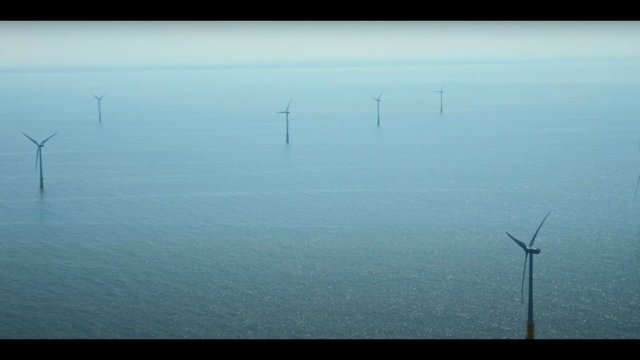How do you ensure the connection with society and how do you show the societal impact of your research? This is what was covered during the Evening of Science and Society last week in the Pieterskerk in Leiden. Professor Suzanne Hulscher and PhD candidate Pauline Overes of the WEM Group (Faculty of Engineering Technology) were present on behalf of the University of Twente as table scientists. Together, they presented and discussed the human impact on the natural ecosystem of the North Sea.
“Although many of those present were aware of some of the developments in our offshore area, the extent of the plans was still surprising to most. It was the perfect opportunity to inform others of how the choices we make for the use of the offshore area may impact the future of this system.”, according to Pauline Overes.
Our country is becoming busier and busier, which is shifting our view towards the offshore area for solutions which we are unable to find space for on land. This is not surprising given that the Netherlands has about one and a half times more surface area at sea than on land. In the future, this area will have to provide us with large quantities of green energy, food and sand (for among others coastal protection) while leaving enough space for nature, shipping and recreation. Quite a challenge. Understanding the natural processes in this area is therefore essential for effective spatial planning.
However, much is still unknown about the processes that take place at the bottom of our sea, the foundation of our structures. Large areas of our seabed are covered with dynamic bedforms. Large waves of sand, measuring hundreds of metres in length andup to 10 metres in height, moving slowly along the seabed. The seabed variations caused by these sand waves pose a danger to our structures at sea. Data analysis helps us to get a better understanding of seabed dynamics and to make predictions of future bedlevels. However, the further we look ahead, the larger the uncertainties in our predictions become. Furthermore, there are often only a few data sets available to base this analysis on.
Numerical models provide additional insight into the processes behind the dynamics of the formation of seabed patterns. These models help us explain the occurrence, and absence, of sand waves and unravel the interactions that cause the migration of sand waves. These models give us a unique glimpse into the future, particularly when circumstances change due to for instance climate change, or when human intervention takes place, such as dredging.
The developments in computer power enable us to tackle ever larger issues: how do we explain the various patterns in sand waves? How (fast) do sand waves recover after interventions? What impact do these seabed formations have on our structures? And conversely: how do our interventions affect the system and dynamics of the seabed?
By answering these fundamental questions, we will be better prepared for the challenges that lie ahead. This information will help us work towards an effective, efficient and environmentally friendly use of the seabed. Yet we must also ask ourselves how far we want to go in the use of this unique ecosystem.






